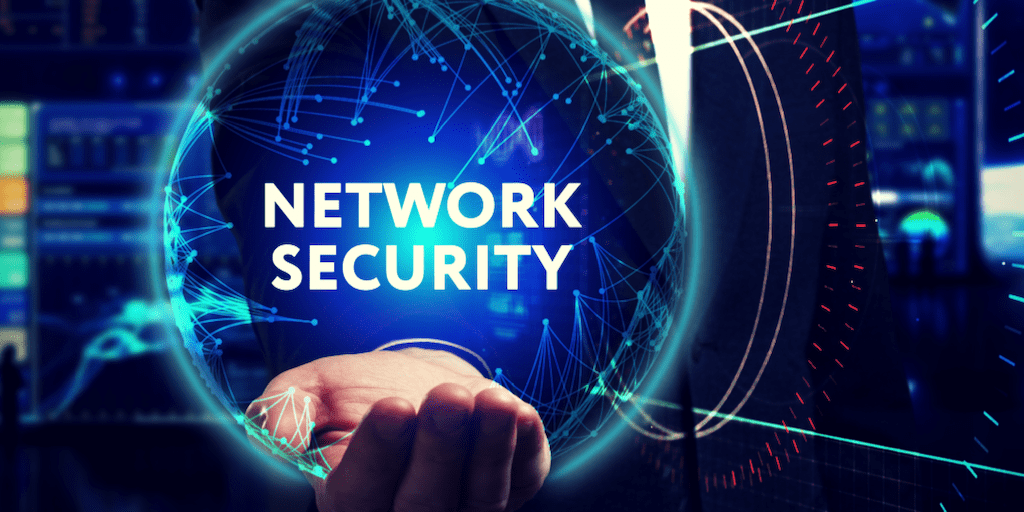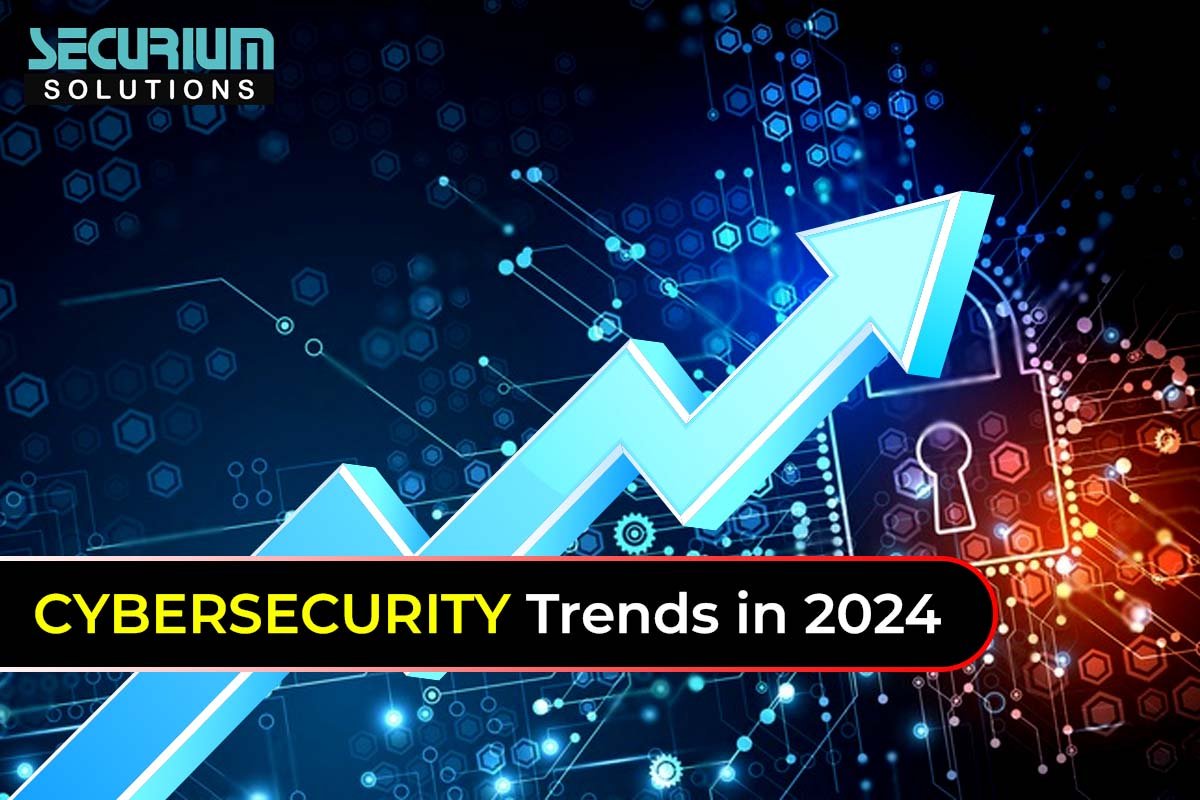In the past, network security was too often thought to be a separate issue from the design of the network itself, and the solution wasn’t thinking right, or it was followed by a tangled issue that was one step behind at the end of the project rice field.
As more workloads and critical data assets are moved to the cloud and telecommuting becomes a more common reality, private networks are not independent entities, but security overlays on the public internet put security at the forefront of the Future modernized networks debate.
Customers tend to start negotiating network upgrades that focus solely on resilience delays or uptime, which tends to include security concerns. And, of course, various network components are mixed into the Internet as a patchwork of software solutions.
While this shift requires a mindset shift that entails a tighter and tighter integration of security and networking technologies by redrawing the front lines, it doesn’t necessarily imply a single-vendor/alibi-box approach.
Remote Worker Impact :
Moving to the cloud has undermined existing models of “Previsioned” private networks. Today, most organizations live in a hybrid cloud world where many major workloads are in the public domain. With remote operations becoming the norm, applications, people, and devices may continue to communicate externally, questioning the logic of passing all traffic through the corporate data center solely for security enforcement.
Therefore, enterprises must maintain consistent policies and protections for all users, regardless of where they work, reporting security as a comprehensive architecture.
Remote work is a model in which an organization is slowly advancing over the decades. Of course, Fungemia has dramatically increased execution speed and range but hasn’t changed the overall direction of travel.
Access policies should always focus on identity rather than location, as who you are is more important than where you are. However, enterprises are slow to adapt and can be difficult due to the false sense of security of older legacy “castleandmoat ” type network architectures, overestimating the risks that can occur when changing that architecture.
Did the pandemic has skipped many parts of this. This is a good thing. It can be said that the same reality that “new reality” companies had to face was always faced, but was simply unnoticed. .But that doesn’t mean everything is good from now on. As businesses are starting to recognize that “back in general” can be slower and incomplete than originally anticipated, short-term fast solutions designed to follow several weeks are required to be long-term answers as needed. This is not the best way to migrate because if these solutions were cleaned up first, security could not have been the most important challenge.
Customers are nervous about potential risks and exposures and must rely on their service providers for a high level of warranty support to make many customer environments more secure and long-term compliance.
Cloud and Compliance :
The latest security architecture was built with a focus on the hybrid model. Not all workloads can run in the cloud, “all in the cloud, because it’s not possible for everyone.
A modern approach cares about where data and applications are hosted. Recognize the need to explain how to protect user access to systems and data wherever they are. The concept before network boundaries is less than when users are on the same private network as their data and applications. We tended to assume that we needed a number of security controls. This turned out to be almost a lie. The new security boundaries are centered around data and applications, not users and sites.
But there is space to breathe. There is no doubt that some regulators were a little more generous about compliance during this transition. Spoiling people with huge compliance fines can have been a bit rough when companies switched to remote work to survive during the Found atomic period. However, it is still important for organizations to comply with regulatory requirements, see temporary solution security failures, and quickly block these loopholes, as these margins do not always last forever.
The Value of Fundamentals and Partnerships :
The main reason we protect something is that the number and complexity of security threats are increasing, but the majority of major breaches we hear in the news just exploit unpatched known vulnerabilities system. A good understanding of the basics can bring many benefits to your security.
For example, vulnerability scans are good, but are you running them regularly? Are you tracking a solution to this vulnerability that was discovered? Do you have talent and systems to help keep everyone up to date? Can you do adequate security monitoring of your IT assets for signs of an exploited vulnerability? While is the default behavior to help avoid any compromises, few companies have the skills and resources to do it in-house. Working with partners and deciding what, where and how to outsource is critical to overcoming these challenges. Some of the responsibilities need to be put at the feet of the security industry. Many large IT companies are guilty of telling their customers that they can get something to work and solve a problem by putting the technology to a customer who provides minimal professional service. Value beyond sales is where solutions are used to support incident and vulnerability management processes documented in policies built into client systems. In a world where a decoupled security solution can solve every problem, we are not active.
Rough rule of thumb for a worst case :
Is to assume it’s already been hacked. When evaluating a site , it are often helpful to seem at the 2 main security vectors individually inbound and outbound traffic. Outbound threat vectors are a serious concern for many sites because the number of corporate sites hosting critical data assets is declining significantly, and only in data centers where advanced security of inbound traffic is critical. Therefore, it’s important to know how users use the web , how risky they’re , and the way it affects their business.
Defines the safety level of the network consistent with inbound and outbound boundaries. i do not think it is necessary to watch user traffic, block data and applications, extend security policies to the cloud, and use an equivalent security solution for both inbound and outbound threats. the kinds of protection and policies required are often very different. , Therefore, it must be managed in other ways.
No one knows because there’s no perfect model. However, security must be multi-layered and options must be provided. For outbound traffic, cloud-based implementation not only leverages economies of scale in reference to processor aggregation activities like HTTP decryption and intelligent threat protection, but also provides the advantages of consistency from one location to a different doing.
However, while network partitioning is feasible within the cloud, it’s often better to try to to it within the field, so an inexpensive distinction is required between doing it within the field and what happens within the cloud .The all cloud or all CPE approach is rare. Security solutions tend to mirror the info and applications they protect to accommodate a hybrid approach.
Security Issues: Looking Forward
Let’s see where we are going. Several solutions include advanced analytics, AI and machine learning to enhance the diagnosis, handling, remediation, speed, and scale of threats. Taking under consideration the changing application hosting environment, solutions also are being developed to trace trends like containerization and micro-segmentation and stop these changes from opening new windows within the attack surface.
But you cannot just specialize in technology. You cannot trust the pc will roll in the hay all. People always play an important role within the method. Accessing the safety of your entire business, not just your network, requires a mixture of three key areas: people, processes, and technology. an excessive amount of focus within the past was only on the latter.
Recent organizations have come to understand that regardless of how sophisticated the technology is computers cannot ultimately say who they need to believe. How you would like a person’s element and answer a threat is not any smaller than how well you block the threat within the first place.




